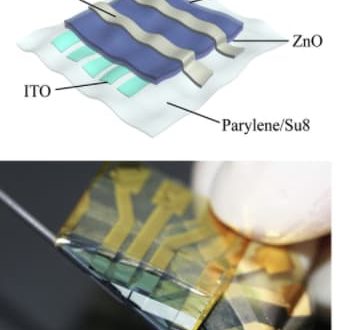Inexpensive organic solar cells may power wearable electronics, IoT devices, and biosensors. PV Evolution Labs released its report on solar panel reliability, a European wind energy consortium mapped out a long-term plan for wind turbine recycling, and drones are streamlining the solar site assessment and design process.
Scientists at Monash University have developed a low-cost, flexible, organic solar cell that’s suitable for wearable electronics, IoT devices, and biosensors. With a diameter of about 30mm and a thickness of just a few microns, one gram of this 13% efficient cell can generate nearly ten watts of power. The researchers created new materials and developed a coating to protect the cells against degradation caused by light, heat, and mechanical stresses. The added protection allows the cells to retain 90% performance even after a thousand bending and stretching cycles. Because they can be manufactured with a continuous printing process, the researchers believe the cells can be commercialized in the near future.
Flexible organic solar cell. (Image courtesy of Joule.)
PV Evolution Labs (PVEL), a third-party, independent reliability and performance testing lab for solar products, released its 2020 PV Module Reliability Scorecard. The report addresses innovations in photovoltaic (PV) technology, packaging, and manufacturing, highlighting the benefits and risks of each, and detailing their failure modes, causes, and potential impact on array performance.
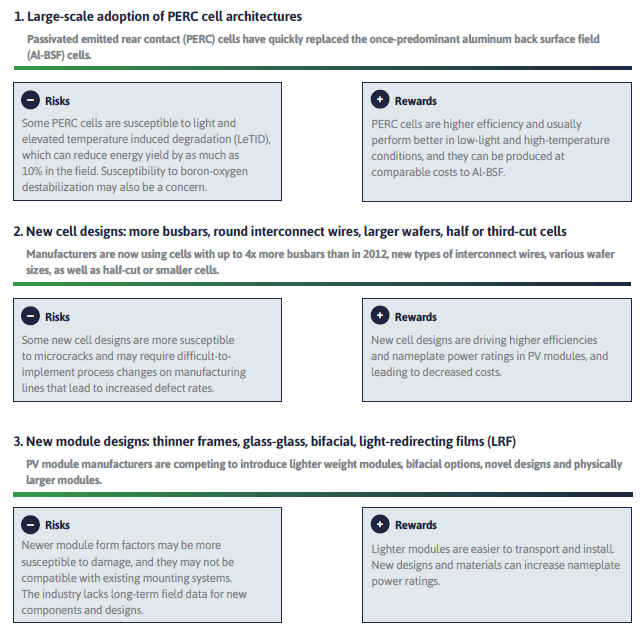
Risks and rewards of various photovoltaic technologies. (Image courtesy of PVEL.)
PVEL offers a Product Qualification Program (PQP) in which manufacturers submit their equipment to a myriad of tests, as shown in the table below. The PVEL report then ranks the top performers in each category.
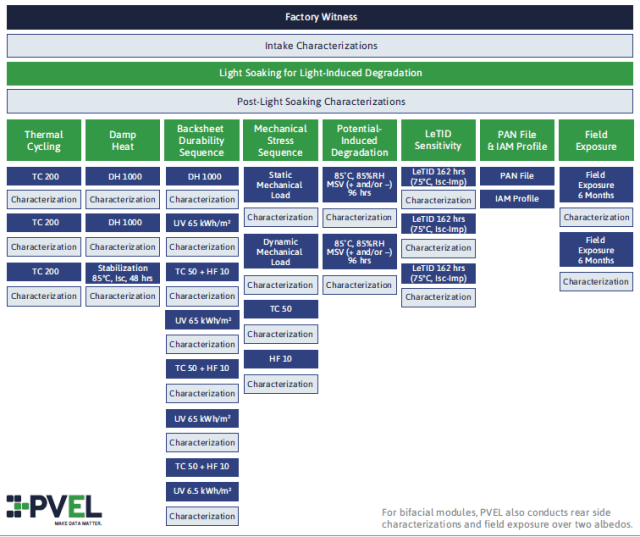
PVEL’s PQP testing process for PV modules. (Image courtesy of PVEL.)
In addition to the rankings and raw data, the authors offer interpretations of the results. For example, they found that factory location has an impact on module quality, even within the same brand and model. One particular panel showed a one percent degradation in performance on the damp heat test when the module was made at the company’s own manufacturing facility, but the same model built at a contract manufacturer’s site degraded nearly four times as much on the same test.
A lot of energy and materials are used to produce wind turbines, and the question remains as to what to do with these machines when they reach the end of their useful lives. In the report “Accelerating Wind Turbine Blade Circularity,” WindEurope, the European Chemical Industry Council (Cefic), and the European Composites Industry Association (EuCIA) noted that more than 85% of a wind turbine’s total mass can be recycled. While there are established procedures for recycling the base, tower, and internal components, blade recycling remains a significant challenge. It’s likely to get worse, as engineers use more and more composite materials in an effort to make the blades lighter, stronger, and more efficient. That’s bad news because WindEurope estimates that 14,000 turbine blades will be decommissioned within the next three years, and while blade recycling technology exists, it’s not yet available at a large scale or in all locations that would benefit from it.
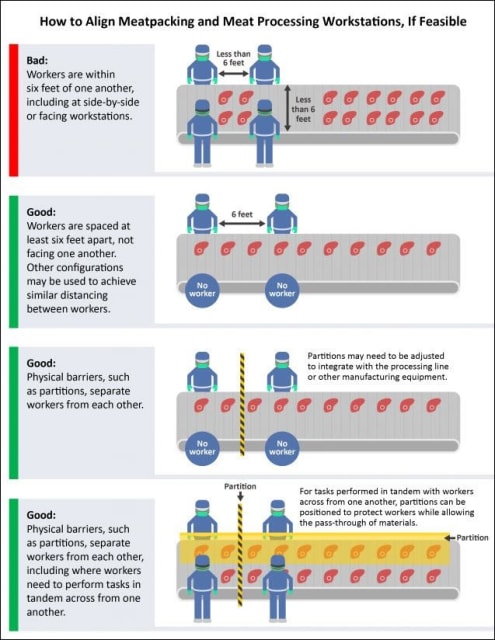
Wind turbine life cycle. (Image courtesy of WindEurope.)
Composite materials are finding their way into the automotive, aircraft, and construction industries as well, so it makes sense to simultaneously develop materials that are suitable for recycling and the recycling processes themselves. The 40-page report examines turbine materials, existing markets, legislative considerations, modern recycling methods, and recommendations for the future.
Heatspring has partnered with Scanifly—maker of drone-based solar design software—to offer a free online course in site assessment and solar array design using unmanned aerial vehicles (UAVs). For all practical purposes, it’s a 75-minute infomercial about using drones to gather site information and applying Scanifly’s software to perform a shading analysis, build an array, estimate its production, and more. But regardless of the product plug, the video presents a realistic view of the inherent problems with solar site assessments and shading analyses using rooftop tools and satellite imagery, addresses the issues of safety, accuracy, and convenience, and discusses the use of drones to resolve some of these difficulties.
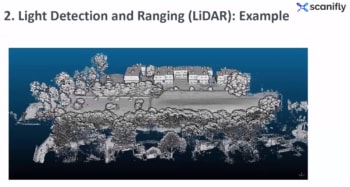
Low-altitude LiDAR provides more information than satellite pictures. (Image courtesy of Scanify.)
The course also has information for experienced drone pilots, such as airspace maps and drone features to consider for this application, and includes a demonstration of the Scanify software.
This Week in Green Tech brings you the latest news about renewable energy, electric vehicles, net-zero buildings, energy harvesting, IoT, and more. Subscribe to engineering.com’s “Electronics Design News” section to stay in the loop!
 Unmanned Aerial Vehicle The latest drone news
Unmanned Aerial Vehicle The latest drone news
